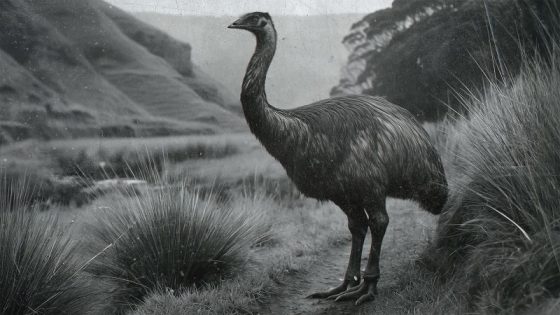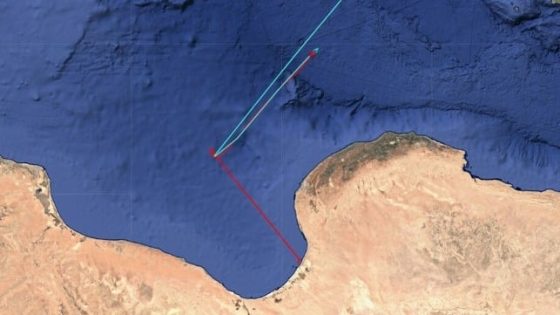A Texas-based biotech company, Colossal Biosciences, is making headlines with its ambitious plan to resurrect the giant moa, a flightless bird that vanished from New Zealand around 600 years ago. This initiative is part of a broader movement towards de-extinction, which gained traction following the company’s announcement of three dire wolf pups born in April 2025.
- Colossal Biosciences aims to resurrect extinct species.
- Collaboration with Ngāi Tahu Research Centre announced.
- Ancient DNA analysis to decode moa genetics.
- Critics prioritize conservation over de-extinction efforts.
- Ethical concerns regarding habitat for revived species.
- Biotechnology advancements may aid endangered species.
Colossal aims to collaborate with New Zealand’s Ngāi Tahu Research Centre to analyze ancient DNA from nine moa species. This research could unlock vital knowledge about biodiversity and conservation efforts, especially in light of climate change and human impact.
As the project unfolds, one must wonder: can we truly bring back lost species, or should we focus on preserving those that still exist? The implications of this research extend beyond the moa, potentially reshaping our approach to conservation.
The initiative raises questions about the ethics and feasibility of reviving extinct species. While exciting, it also underscores the urgency of protecting endangered animals. Consider these points:
- De-extinction may divert resources from urgent conservation needs.
- Reviving species could lead to ecological imbalances.
- Ancient DNA research offers insights into current biodiversity challenges.
Looking ahead, we must balance the allure of de-extinction with the pressing need to protect our planet’s remaining species. How can we ensure that our efforts in science serve to enhance, rather than replace, conservation initiatives?

































